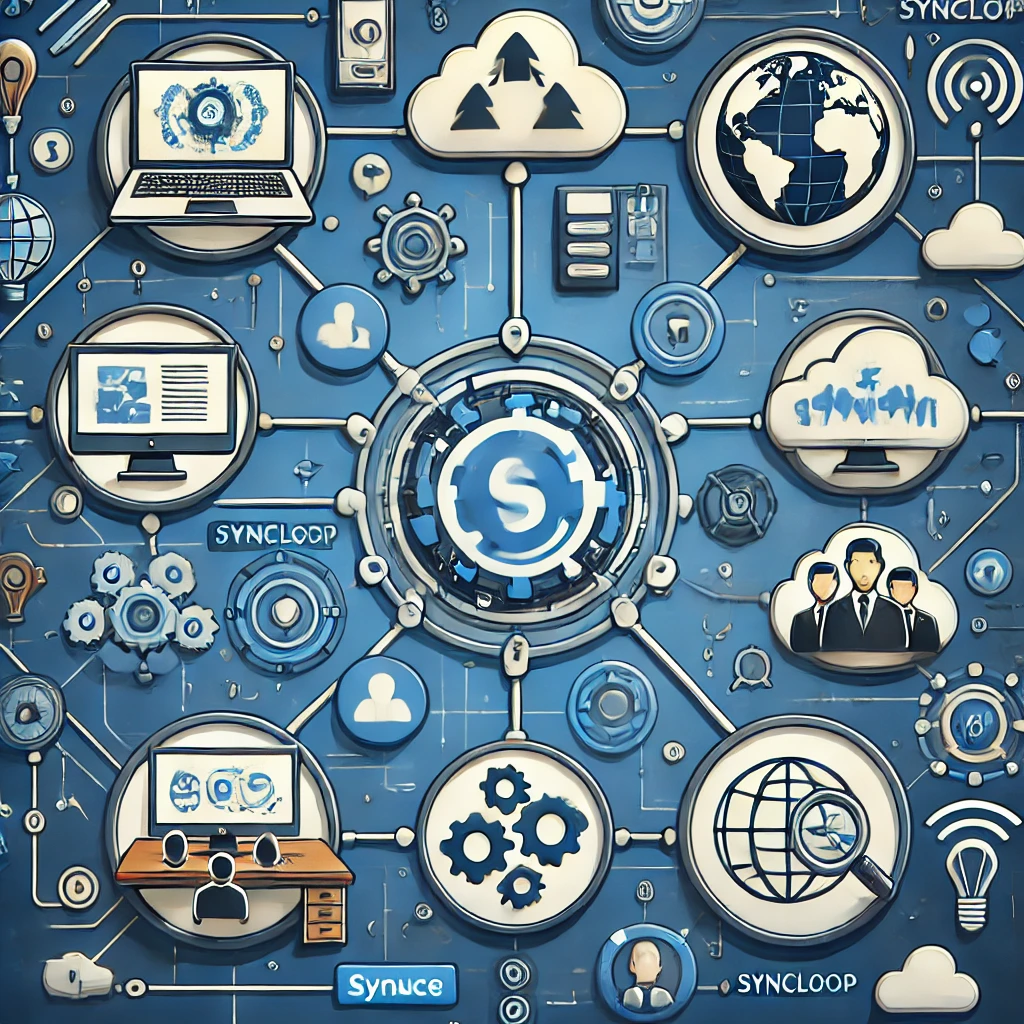Using Syncloop for Real-Time Collaboration Tool Integrations

Syncloop simplifies the integration of real-time collaboration tools by providing a robust platform for API management, workflow automation, and real-time monitoring. This blog explores how Syncloop facilitates efficient integrations and offers best practices for building real-time solutions.
The Role of Real-Time API Integrations in Collaboration Tools
API integrations play a critical role in enhancing collaboration tools by:
- Real-Time Synchronization: Keeping data consistent across platforms and devices.
- Cross-Platform Connectivity: Bridging communication between tools like Slack, Microsoft Teams, and project management software.
- Enhanced Workflows: Automating repetitive tasks such as task assignments and notifications.
- Seamless User Experience: Providing unified interfaces for diverse tools.
- Data Insights: Aggregating data for analytics and decision-making.
Challenges in Real-Time Collaboration Tool Integrations
- Low-Latency Requirements Ensuring minimal delays in updates and notifications.
- Data Consistency Synchronizing data accurately across multiple platforms.
- Scalability Managing growing user bases and increasing API traffic.
- Security Protecting sensitive data shared across collaboration tools.
- Error Handling Addressing API failures without disrupting workflows.
How Syncloop Facilitates Real-Time Collaboration Tool Integrations
Syncloop provides tools and features tailored for real-time API integrations:
- Dynamic Data Mapping Transform and standardize data from different collaboration tools for seamless integration.
- Real-Time Event Processing Handle low-latency updates and notifications for instant synchronization.
- Workflow Automation Automate repetitive tasks such as updating task statuses and sending alerts.
- Scalable Architecture Manage increasing API traffic and user demands effortlessly.
- Advanced Security Protect API interactions with encryption, authentication, and role-based access control.
- Monitoring and Analytics Track integration performance and resolve issues with real-time insights.
Steps to Integrate Real-Time Collaboration Tools with Syncloop
Step 1: Identify Integration Use Cases
Define the workflows to integrate, such as:
- Updating project management tools (e.g., Trello, Asana) based on messages in Slack.
- Sending alerts to collaboration platforms when tasks are completed.
- Synchronizing calendars and schedules across multiple tools.
Step 2: Connect APIs
Use Syncloop to establish connections with the APIs of collaboration tools. Examples include:
- Slack API for message notifications.
- Microsoft Teams API for meeting updates.
- Google Calendar API for schedule synchronization.
Step 3: Automate Workflows
Design workflows using Syncloop’s automation tools. Examples include:
- Triggering task creation in Asana from Slack messages.
- Sending meeting reminders from Google Calendar to Microsoft Teams.
- Automatically updating shared documents when project milestones are reached.
Step 4: Enable Real-Time Data Flow
Leverage Syncloop’s real-time processing capabilities to:
- Synchronize updates across platforms instantaneously.
- Process and display notifications with minimal latency.
Step 5: Monitor and Optimize
Enable Syncloop’s monitoring tools to track integration performance. Analyze:
- Latency metrics for real-time updates.
- Error rates and failure patterns.
- Traffic distribution across connected APIs.
Step 6: Test and Validate
Simulate real-world scenarios using Syncloop’s testing environment. Validate:
- Workflow accuracy and efficiency.
- Error handling mechanisms.
- Scalability under peak usage conditions.
Best Practices for Collaboration Tool Integrations
- Prioritize Low Latency Optimize workflows for minimal delays in real-time updates.
- Ensure Data Consistency Implement robust synchronization mechanisms to prevent discrepancies.
- Leverage Event-Driven Architecture Use event-driven designs for responsive and dynamic integrations.
- Monitor Continuously Use Syncloop’s real-time monitoring tools to track and resolve integration issues.
- Secure API Interactions Protect sensitive data with strong encryption and authentication.
Example Use Case: Hybrid Workspace Integration
A hybrid workspace integrates Slack, Google Calendar, and Trello using Syncloop to streamline operations:
- Real-Time Updates: Sync task assignments from Slack to Trello in real time.
- Meeting Coordination: Automatically update Google Calendar with scheduled meetings from Microsoft Teams.
- Workflow Automation: Notify project managers via Slack when a milestone is completed in Trello.
- Monitoring: Track synchronization performance and resolve API failures proactively.
- Scalability: Handle increasing user traffic during peak collaboration times.
Benefits of Using Syncloop for Collaboration Tool Integrations
- Improved Efficiency: Automate repetitive tasks and streamline workflows.
- Enhanced Responsiveness: Deliver instant updates across integrated tools.
- Scalable Solutions: Support growing user bases with a scalable architecture.
- Actionable Insights: Gain visibility into integration performance and optimize workflows.
- Secure Interactions: Ensure data privacy and protection across tools.
The Future of Collaboration Tool Integrations
As workplaces continue to embrace remote and hybrid models, real-time collaboration tool integrations will play a pivotal role in enhancing productivity and connectivity. Syncloop equips developers with the tools needed to build efficient, secure, and scalable integrations, enabling seamless workflows for modern teams.
Image Description
A conceptual graphic showcasing real-time integration of collaboration tools using Syncloop, featuring dynamic workflows, instant updates, and API monitoring. The image highlights seamless synchronization across platforms.
Back to Blogs